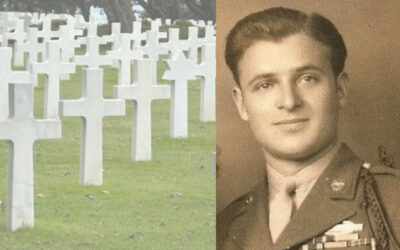I just returned from a week in Guatemala, where I worked with the Integrative Health Project. The project was started by a few acupuncturists about eight years ago. They wanted to work with the underserved, indigenous population living around Lake Atitlan, a beautiful, fertile and impoverished region in the Guatemalan highlands.

Lake Atitlan
These are hardworking people, doing manual labor on the farms, in the hotels, and on the lake itself. I provided chiropractic care for men and women experiencing musculoskeletal pain–mainly back pain. Guatemala has been devastated by decades of civil war, and the results have been profound–both structurally and socially. Though the people are surrounded by fertile green fields, they suffer an epidemic of obesity, heart disease and diabetes. Too many eat the cheap processed foods available at the small corner stores. Though surrounded by fresh water, the people drink all manner of sugary drinks. Into this landscape drops the Integrative Health Project. In addition to acupuncturists, there are nurses, medical anthropologists, interns and local trainees, and me: a chiropractor. Together, we work to help educate and to treat, and to mitigate the negative effects of lifestyles sure to kill. Still, multiple questions came up for me: —How does a group of privileged middle class Americans contribute in a significant way to the healing the devastating traumas of an indigenous population? —Are we just a bunch of “do-gooders” making ourselves feel better? Are we genuinely giving, or are we the primary beneficiaries of the healing process? —Is the work of this project an extension of a kind of colonialism? Does it create dependency on the developed world, with its superior health care modalities? I hesitated to participate in the Integrative Health Project because of the questions I raised above. Was our role to just appear in the villages beside Lake Atitlan, treat the “natives” and leave? If so, I surely would not have come. But this was not the case. This was not my job.

Working with midwives
My task—and the task of the Project–was to treat, but more fundamentally, to educate. It was to relieve pain but to also shine a light on the “why,” and to provide tools for these villagers to use: whether they be exercises, soft tissue self-help techniques, or advice on lifting. My goal was to leave something behind, even after I was long gone. (It should be noted that village clinics are maintained on a bi-weekly basis where local, trained members of the project provide ear acupuncture and other basic health care services.)
Guatemala has suffered years of cultural and physical destruction. The wounds have left generational scars that will take many years to heal. The Integrative Health Project is being received and accepted by the local population for three reasons. The care offered is free; it works; and it is given with love. Healing occurs most deeply when two or more people connect, when they see and feel each other with trust and respect. The various techniques–whether chiropractic, acupuncture, craniosacral therapy or massage—matter as well; each has its place. But without the magic ingredient—love—those techniques will not provide their maximum healing benefit. That healing is badly needed in Guatemala. It is needed on the rest of the planet as well. And it is possible.
Dr. Ricky Fishman has been a San Francisco based chiropractor since 1986. In addition to the treatment of back pain and other musculoskeletal injuries, he works as a consultant in the field of health and wellness with companies dedicated to re-visioning health care for the 21st century. He is also the creator of the health news and information website Condition: Health News That Matters.
ricky@rickyfishman.com www.rickyfishman.com












